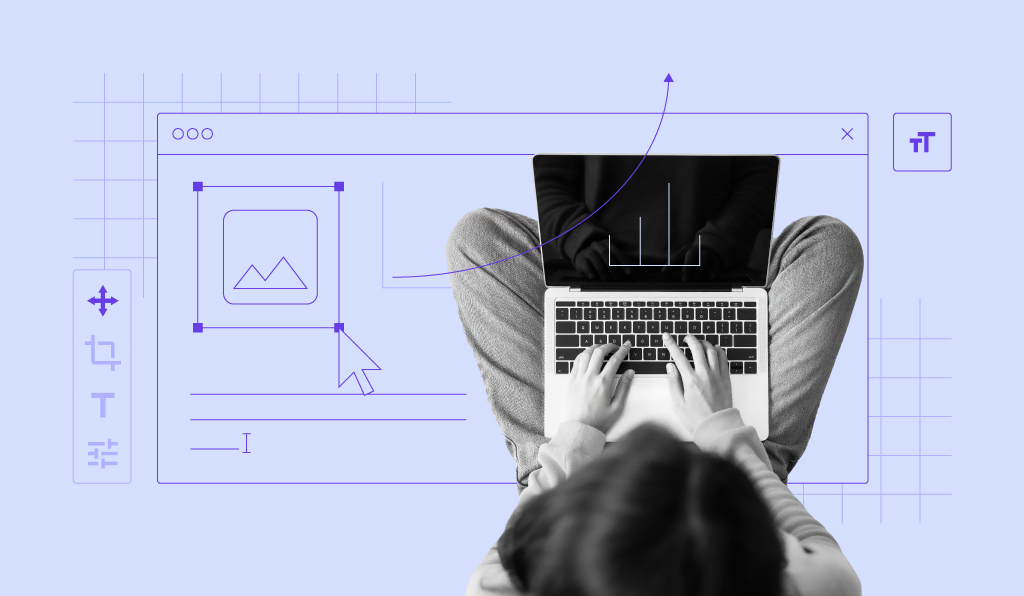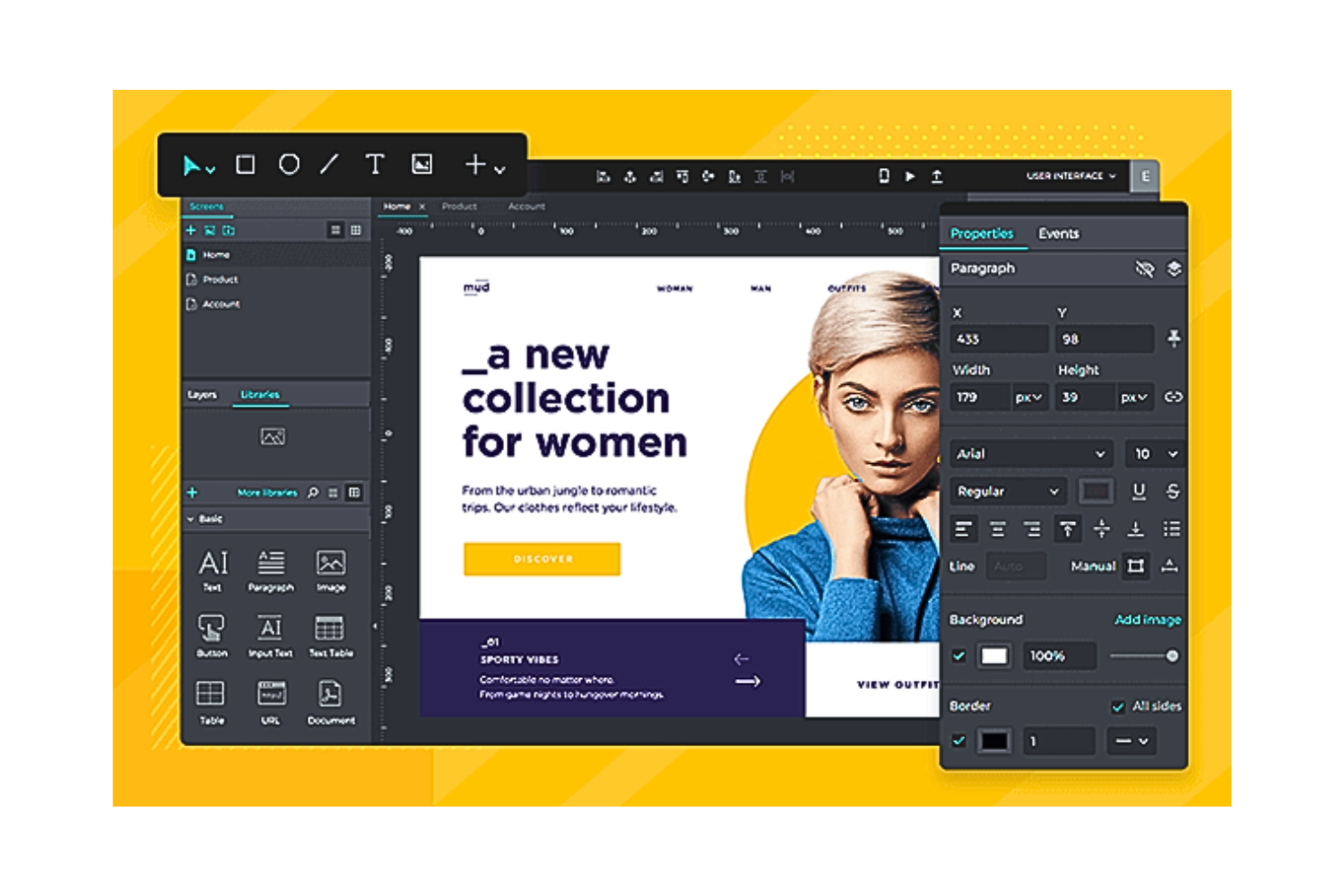Change Your Online Presence with Premier Web Design Johannesburg Provider
Wiki Article
Untangling the Complexities of Receptive Website Design and Its Effect On Availability and Performance Across Numerous Instruments
Receptive website design (RWD) has become an essential approach in producing electronic experiences that are both easily accessible and useful throughout diverse devices. By integrating techniques such as fluid grids and CSS media queries, RWD not only enhances individual interaction but additionally addresses important accessibility issues for people with disabilities. As the landscape of electronic interaction continues to evolve, comprehending the effects of RWD becomes necessary. The complexities entailed in attaining this balance raising relevant inquiries regarding ideal methods and prospective pitfalls that necessitate more exploration.Recognizing Responsive Web Layout
Receptive web design embodies the principle of adaptability, making certain that sites give an optimal watching experience across a selection of gadgets and display sizes. This technique utilizes versatile grids, formats, and pictures, making it possible for the content to dynamically change based on the individual's tool. The rise of mobile web use has made receptive design not simply a fad, however a necessity for modern web advancement.At its core, responsive website design stresses fluidness and scalability. By making use of CSS media inquiries, designers can tailor designs to differing display dimensions, guaranteeing that message continues to be understandable and images are presented appropriately. This method accommodates the varied range of devices, from mobile phones to big desktop displays, assisting in smooth navigation and communication.
Additionally, responsive website design improves user interaction by minimizing the requirement for too much zooming or horizontal scrolling, which can diminish the user experience. By focusing on ease of access, companies can get to a wider target market, ensuring that all users, despite device, can access material successfully. Eventually, comprehending receptive website design is essential for creating websites that are not just aesthetically enticing however easy to use and also practical across diverse systems.

Key Principles of RWD
Highlighting versatility and user-centric layout, the vital principles of responsive web layout (RWD) revolve around developing a seamless experience despite the gadget being made use of. One essential principle is fluid grids, which use family member units like portions rather than fixed dimensions. This method makes certain that layout elements adapt proportionally to differing screen sizes, keeping aesthetic comprehensibility.An additional important principle is adaptable images and media, which resize within their including aspects. web design Johannesburg. By using CSS strategies such as max-width, designers can protect against pictures from surpassing their moms and dad containers, guaranteeing that visuals remain sharp and appropriately scaled across tools
In addition, media inquiries play an essential duty in RWD, permitting designers to apply specific CSS designs based upon the characteristics of the tool, such as size, elevation, and alignment. This capacity allows tailored experiences that boost use and engagement.
Additionally, a mobile-first method is significantly favored, where layouts prioritize smaller sized screens and progressively improve for larger devices. This concept not only maximizes performance but additionally deals with the expanding occurrence of mobile surfing. Collectively, these concepts develop the backbone of responsive web design, promoting a adaptable and user-friendly electronic atmosphere.

Influence On Ease Of Access
The integration of receptive website design plays a vital function in enhancing availability for all customers. By taking on an adaptable layout that adjusts to varying screen sizes and alignments, responsive style makes certain that web content continues to be quickly accessible and understandable despite the gadget utilized. This adaptability is particularly substantial for people with disabilities, that may count on assistive technologies that work better when material is structured responsively.In addition, responsive website design decreases the possibility of Clicking Here problems such as horizontal scrolling, which can prevent customers with motor specials needs or visual disabilities. By offering a constant customer experience throughout devices, designers can focus on ease of access functions such as keyboard navigating and screen viewers compatibility, permitting a much more comprehensive electronic environment.
In addition, internet search engine increasingly favor responsive layouts, which can boost presence for individuals seeking available content. As an outcome, companies and companies are urged to adopt these methods not only to comply with availability standards however likewise to reach a wider audience. Eventually, receptive website design is instrumental in promoting fair accessibility to information and services across diverse customer teams, thereby cultivating an inclusive digital landscape.
Capability Across Tools

Additionally, the efficiency of web applications can differ significantly throughout tools. Mobile devices usually have limited handling power and slower web links, which can influence packing times and general customer experience. It is crucial for developers to optimize photos, scripts, and various other resources to guarantee that efficiency stays efficient and constant, despite the gadget being used.
Additionally, the layout and structure of material must adjust fluidly to various screen dimensions to preserve usability. This versatility not only enhances individual interaction however additionally decreases disappointment, inevitably causing higher retention rates. In recap, prioritizing functionality across devices is vital for developing a efficient and comprehensive web existence that satisfies the diverse needs of users.
Ideal Practices for Execution
Applying receptive internet style efficiently requires a strategic approach that focuses on user experience and accessibility. To achieve this, start by taking on a mobile-first design ideology, which stresses producing an optimal experience for smaller displays prior to scaling up you can try this out to bigger tools. This approach makes sure that important content is focused on which attributes are effortlessly integrated.Next, use fluid grids and versatile layouts. Use family member units, such as percentages, instead than dealt with systems like pixels - web design Johannesburg. This adaptability allows web content to resize dynamically based on the display's dimensions, boosting functionality across different tools
In addition, include media questions to use details CSS regulations based upon the features of the device, such as resolution, elevation, and width. This targeted method enables for customized experiences that deal with the distinct capacities of each gadget.
In addition, focus on ease of access by ensuring that all interactive aspects are easily navigable using touch or key-board. Carry out semantic HTML to boost screen reader compatibility and maintain high contrast ratios for readability.
Verdict
Finally, receptive internet style acts as a fundamental aspect in producing functional and easily accessible electronic experiences throughout diverse devices. By incorporating fluid grids, versatile photos, and CSS media inquiries, responsive layout not just boosts user engagement but additionally promotes fair accessibility to details for all people, consisting of those with disabilities. Adhering to best practices in application makes certain that web sites continue to be versatile, inevitably fostering a more inclusive digital atmosphere that fulfills the differing needs of users.Receptive web style (RWD) has actually emerged as an essential strategy in creating digital experiences that are both available and practical throughout varied devices.Receptive web style personifies the concept of adaptability, making sure that sites provide an ideal viewing experience throughout a selection of devices and display sizes.Stressing adaptability and user-centric layout, the vital principles of receptive internet design (RWD) revolve around creating a seamless experience no matter of the device being made use of.Performance across tools is an essential consideration in internet design, as users engage with content with a range of systems, consisting of desktop computers, smart devices, and tablets.In final thought, receptive web design offers as a fundamental aspect in creating accessible and useful digital experiences throughout varied gadgets.
Report this wiki page